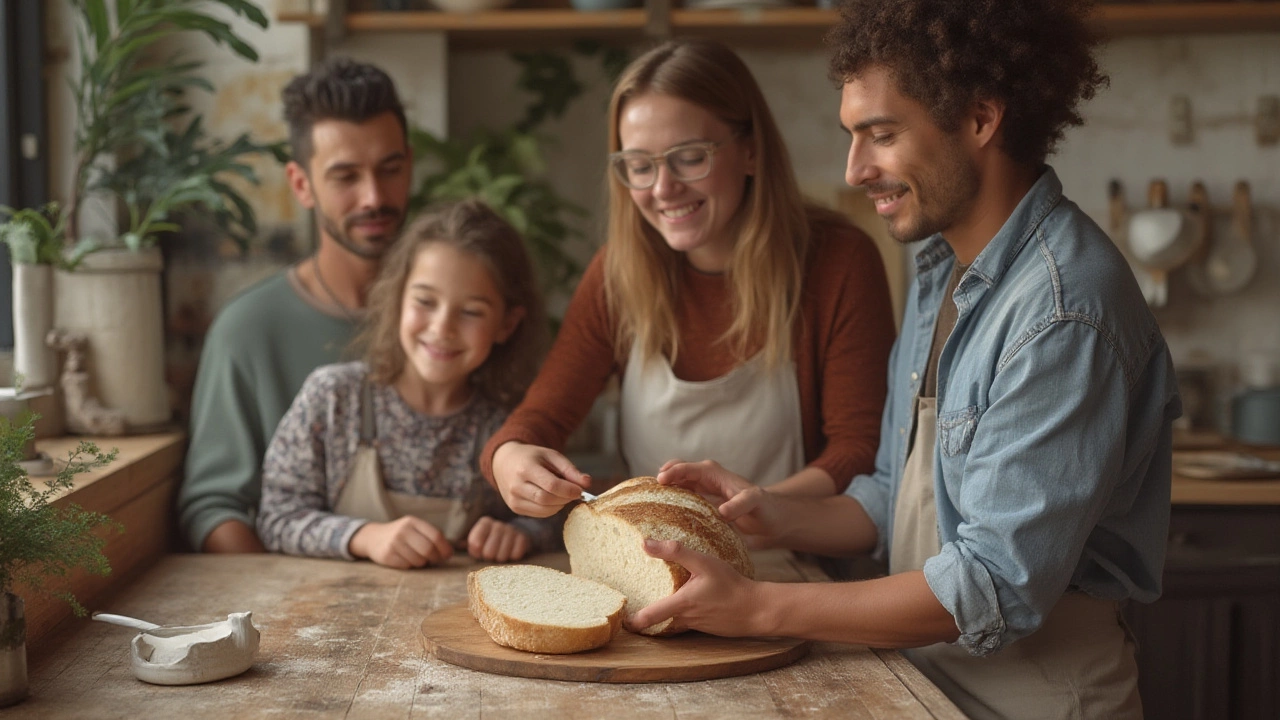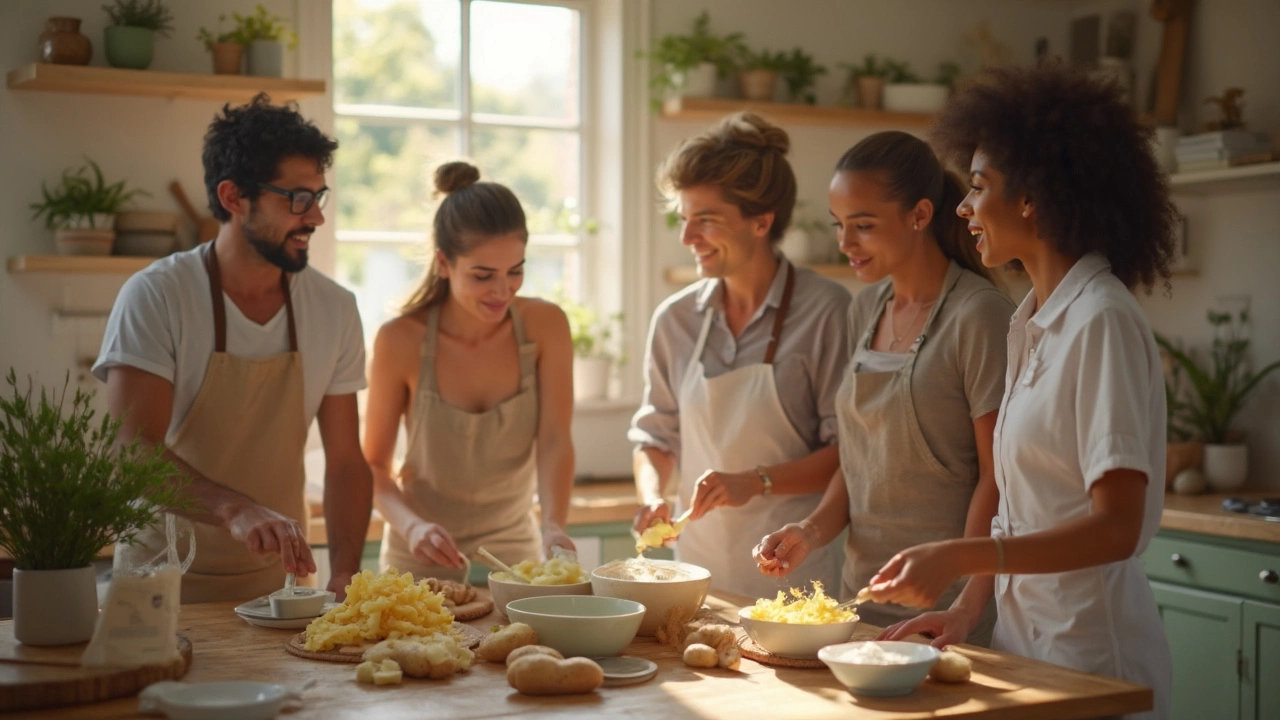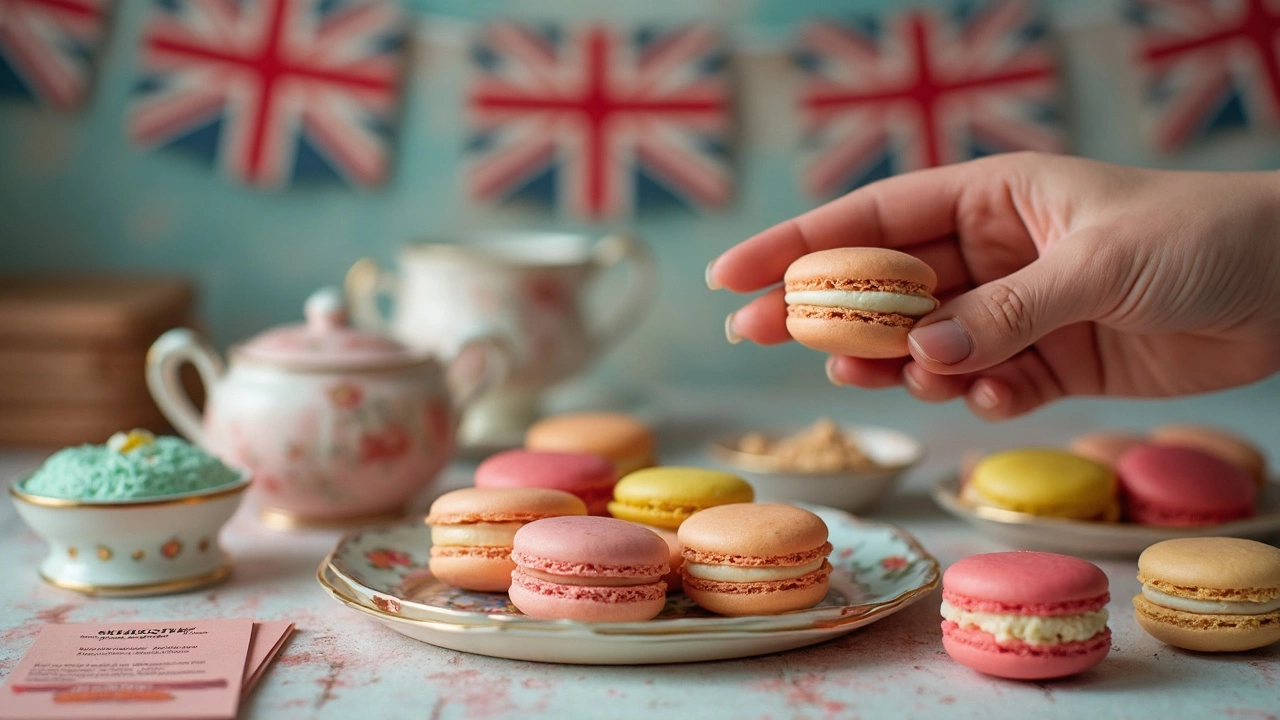
Is Sourdough Bread Gluten-Free? What You Need to Know
Diving into whether sourdough bread is gluten-free or safe for those with celiac, with real-world tips and easy-to-understand science.
If you or someone you love has celiac disease, the kitchen can feel like a minefield. One wrong ingredient and a batch of cookies turns into a health risk. The good news? Baking gluten‑free doesn’t have to be a science experiment. With a few smart swaps and basic habits, you can whip up cupcakes, brownies, and even macarons that taste just as indulgent as their wheat‑based cousins.
Celiac disease is an autoimmune condition where even tiny traces of gluten trigger an attack on the small intestine. That means cross‑contamination—like a stray flour dusting on a spoon—can cause symptoms. So the first step is to treat your gluten‑free zone like a separate kitchen. Use dedicated bowls, spatulas, and storage containers. If you share space with a regular baker, a simple line on the counter or a colored cutting board can remind everyone to stay on the right side.
When you shop, look for products that say “Certified Gluten‑Free.” Those labels guarantee the food contains less than 20 ppm gluten, which is safe for most celiacs. Don’t rely on “may contain traces” warnings; they’re not a green light. Stick to whole‑food bases like almond flour, coconut flour, and certified gluten‑free oat flour. They not only keep you safe but also add unique flavors and textures.
One of the biggest challenges is getting the right texture. Gluten gives dough its stretch, so gluten‑free mixes can be crumbly. The trick is to add binders. A tablespoon of xanthan gum or guar gum per cup of flour helps mimic that elasticity. If you don’t have gums on hand, try a mix of ground chia seeds or flaxseed with water—let it sit for five minutes and it turns into a gel that works like an egg.
When it comes to leavening, gluten‑free batters love a little extra lift. Add a pinch more baking powder or a splash of carbonated water to your batter. It creates tiny air bubbles that keep cakes light. Also, don’t over‑mix. Too much stirring can break down the structure you’ve just built, leading to dense results.
Storage matters too. Gluten‑free baked goods can dry out faster, so keep them airtight. A simple resealable bag with a slice of bread inside can maintain moisture for a day or two. For longer storage, freeze individual portions—just thaw at room temperature before serving.
Finally, experiment with flavors. Gluten‑free flours have distinct tastes: coconut flour is sweet and absorbent, almond flour offers a nutty richness, and rice flour gives a neutral base. Pair them with spices, extracts, or fruit purees to create interesting profiles. Your brownies can stay fudgy by using a blend of almond and oat flour with a dash of espresso powder, for example.
Remember, the goal isn’t just safety—it’s enjoyment. By treating gluten‑free baking as a creative playground, you’ll build confidence and a stash of treats that everyone can enjoy, regardless of dietary needs.

Diving into whether sourdough bread is gluten-free or safe for those with celiac, with real-world tips and easy-to-understand science.

Potatoes are a staple, but do they contain gluten? This article explores whether potatoes are safe for people who need to avoid gluten, especially if you love baking gluten-free cakes. Learn which forms of potatoes to trust, which to be careful with, and get simple tips to keep your kitchen safe. Find out how potatoes can be your secret weapon for light, fluffy, gluten-free treats. No fluff, just the facts and practical ideas you can use right now.

Wondering if potatoes are gluten-free and if they belong in your next gluten-free cake? This article breaks down what you need to know about potatoes, gluten, and how you can safely use potatoes or potato flour in your gluten-free baking. Find out about cross-contamination, hidden gluten risks, and why potatoes make cakes extra soft. You’ll also get clever baking tips to help you make light, fluffy cakes without worrying about gluten. Get ready to unravel potato myths and bake with confidence.

Wondering if macarons are gluten-free? This article breaks down the ingredients of macarons, explains cross-contamination risks, and shares tips for enjoying them safely if you're sensitive to gluten. You’ll also learn how to spot safe macarons at bakeries and some quick tricks for making them at home. Get all the info you need to enjoy these colorful treats without the worry.